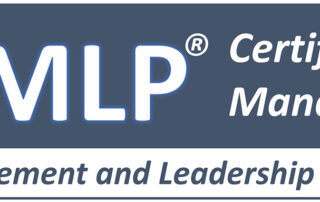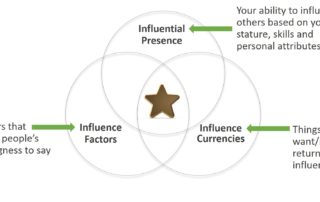How can I become an IT manager?
As an IT individual contributor or Technical Lead, the following three steps will help position you for a future IT Manager role. Begin to think of yourself as a manager. This may sound trite, but it’s true. As the expression goes, fake it until you make it. This simple act of thinking like a manager will slowly change your perspective, change your personal conception of yourself from techie to leader, and give yourself permission to take on non-technical tasks without feeling like your skills are not being properly utilized. Ask questions related to managerial tasks, such as “How does our budget work?” and “How do we get permission to hire new people?” These questions have the simultaneous benefits of learning about your future craft and of subtlety informing your manager and others that you are interested in moving into a management type role. Try to learn more about your IT organization in general, including how data moves through the company, how the major internal (and cloud based) systems connect, and other IT-wide processes. This may sound more technical than managerial, it’s actually both. The reason I’m suggesting this to you is not because of its technical aspects, it’s because it will give you a wider view of what IT does and how it works. This will be of great value to you when you step into the managerial ranks. When I was an individual contributor, I thought that becoming a manager meant giving up my hard earned technical skills to simply tell [...]










